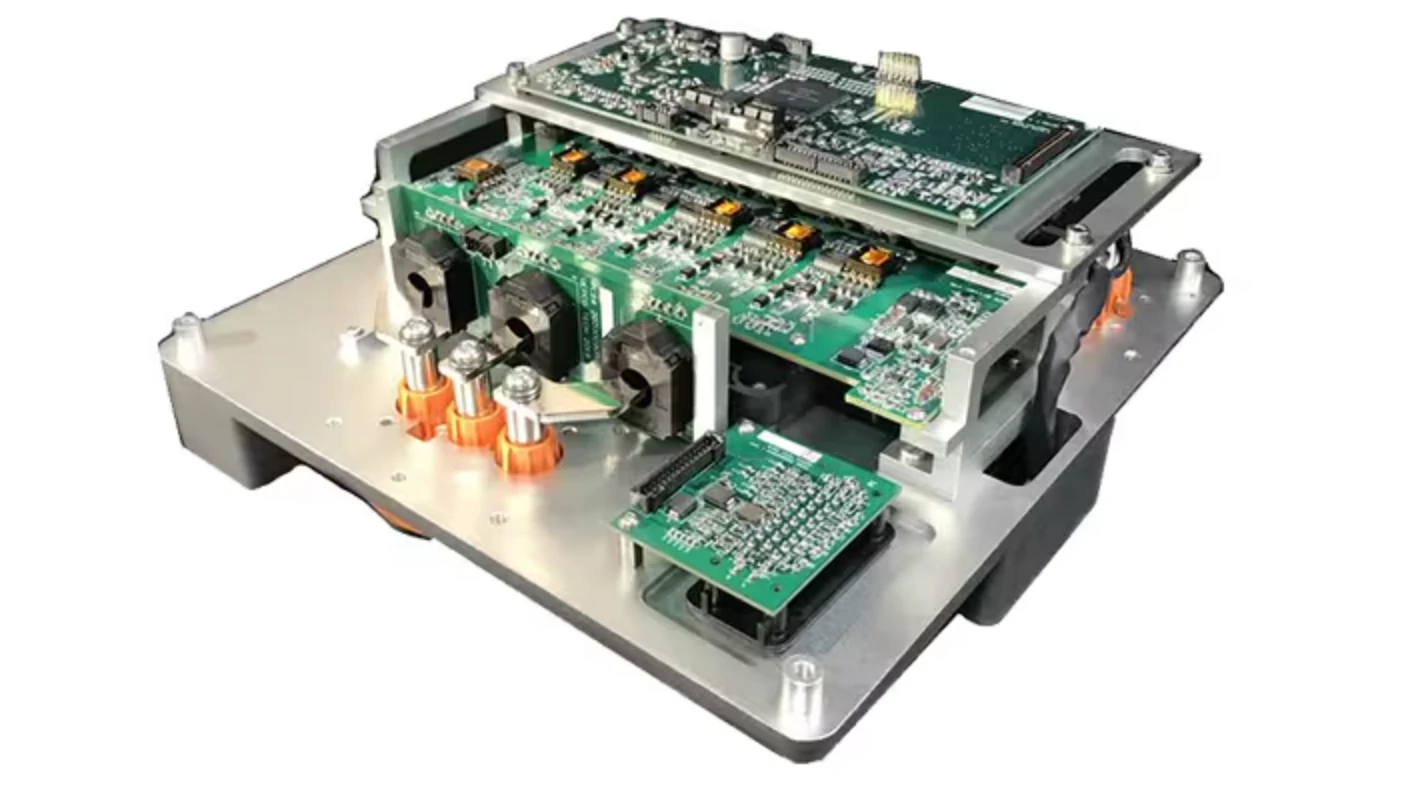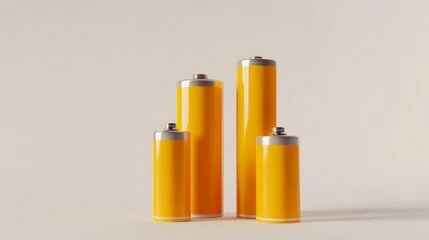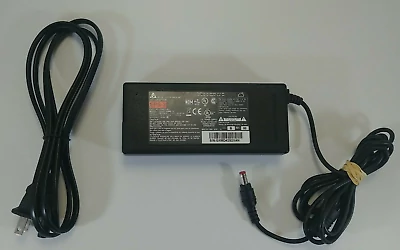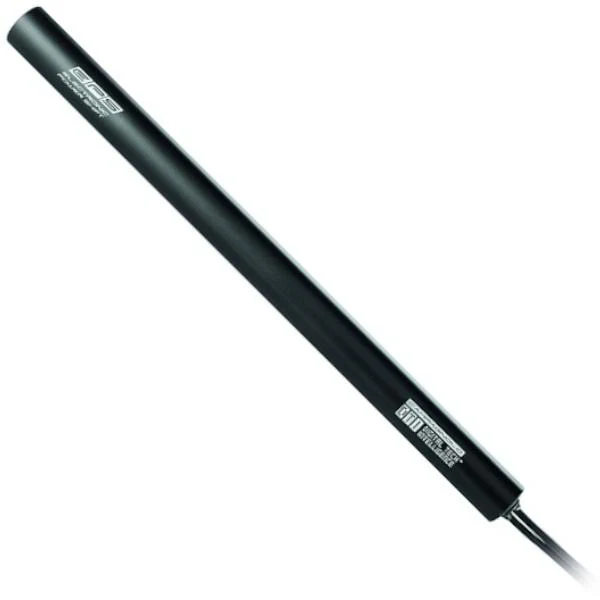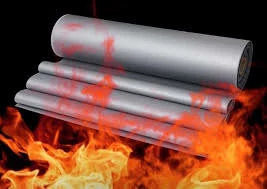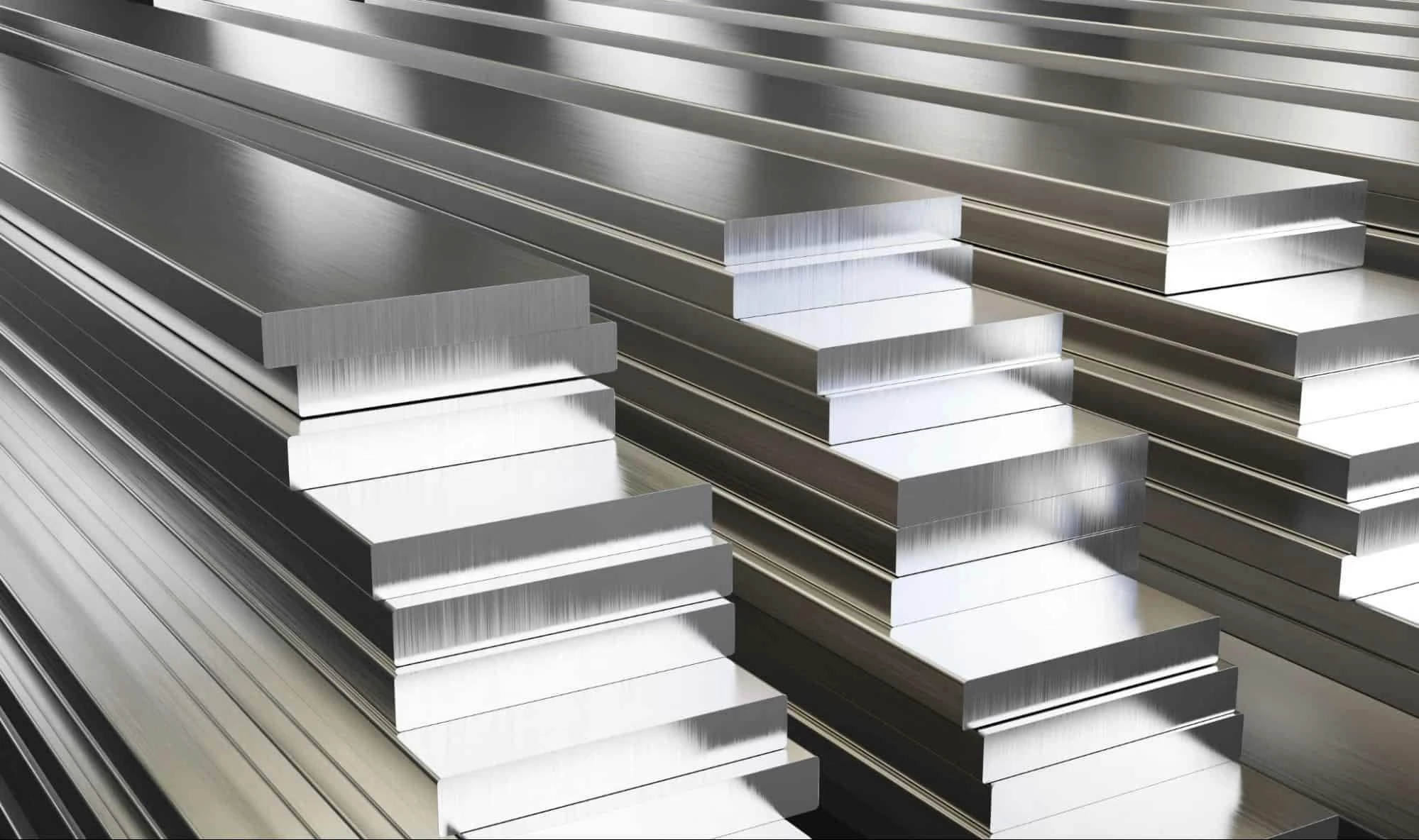How does the inverter circuit work in EPS? The workflow...
Introduction of positive electrode materials in EPS battery cell
Today, with the continuous development of battery technology, positive electrode materials, as an important part of EPS battery cells, play a crucial role in energy storage and conversion. Different types of cathode materials not only affect the energy density, power density and cycle life of the battery, but also directly affect the safety and economy of the battery. This paper will focus on three common cathode materials: lithium nickel cobalt sodium (NMC), lithium cobalt oxide (LCO), and lithium iron phosphorus (LFP).
Lithium Nickel Cobalt Sodium (NMC)
Lithium nickel cobalt sodium (NMC) is a composite cathode material, the main components of nickel (Ni), cobalt (Co) and manganese (Mn). The composition of NMC materials can be adjusted according to different ratios of nickel, cobalt and manganese to meet the needs of different applications.
peculiarity
High energy density: When the nickel content of the NMC cathode material is high, it can provide excellent energy density, allowing the battery to store more energy at the same volume and weight.
Good thermal stability: Compared with other high energy density materials, NMC has good thermal stability, reducing the risk of thermal runaway in high temperature environments.
Cost effective: Compared to materials such as lithium cobalt oxide (LCO), NMC has a lower cobalt content, reducing production costs while reducing dependence on rare metals.
Lithium Cobalt Oxide (LCO)
Lithium cobalt oxide (LCO) is one of the first cathode materials used in lithium-ion batteries, and its chemical structure is LiCoO₂. Due to its excellent electrochemical performance and stable cycle performance, LCO has long held an important position in the battery industry.
peculiarity
High energy density: LCO has an extremely high theoretical energy density and is suitable for applications that require high energy output, such as smartphones and laptops.
Good electrochemical performance: LCO battery has high charge and discharge efficiency, stable performance in the appropriate temperature range, and long cycle life.
Easy processing and manufacturing: LCO's production process is relatively mature, which is convenient for large-scale production and application.
shortcoming
However, the cost of LCO materials is higher (mainly the price fluctuation of cobalt), and the safety at high temperatures is poor, prone to thermal runaway. Therefore, it is more used in portable electronic devices with low power density and is less suitable for high-power applications such as electric vehicles.
Lithium Iron Phosphorus (LFP)
Lithium iron Phosphorus (LFP) is an iron and phosphorus based cathode material with the chemical formula LiFePO₄. In recent years, with the emphasis on safety and cost, LFP has gradually attracted attention and is widely used in electric vehicles and large-scale energy storage systems.
peculiarity
Superior safety: LFP material has relatively high thermal stability, high temperature resistance, can effectively reduce the risk of thermal runaway battery.
Long cycle life: LFP batteries have a long cycle life and can withstand more charge and discharge cycles, which is suitable for applications requiring frequent charge and discharge.
Economy: Compared with NMC and LCO, LFP has lower production costs, and the main components of iron and phosphorus are widely available and inexpensive.
CONCLUSION
Positive electrode materials play a key role in EPS cell, and different positive electrode materials have their own characteristics and application range. Lithium nickel cobalt sodium (NMC), with its high energy density and good thermal stability, performs well in high energy demand scenarios such as electric vehicles. The high energy density of lithium cobalt oxide (LCO) makes it widely used in portable electronic devices, but high cost and safety concerns limit its use in other fields. Lithium iron phosphorus (LFP) has gradually become an important choice for electric vehicles and energy storage systems due to its superior safety and economy.
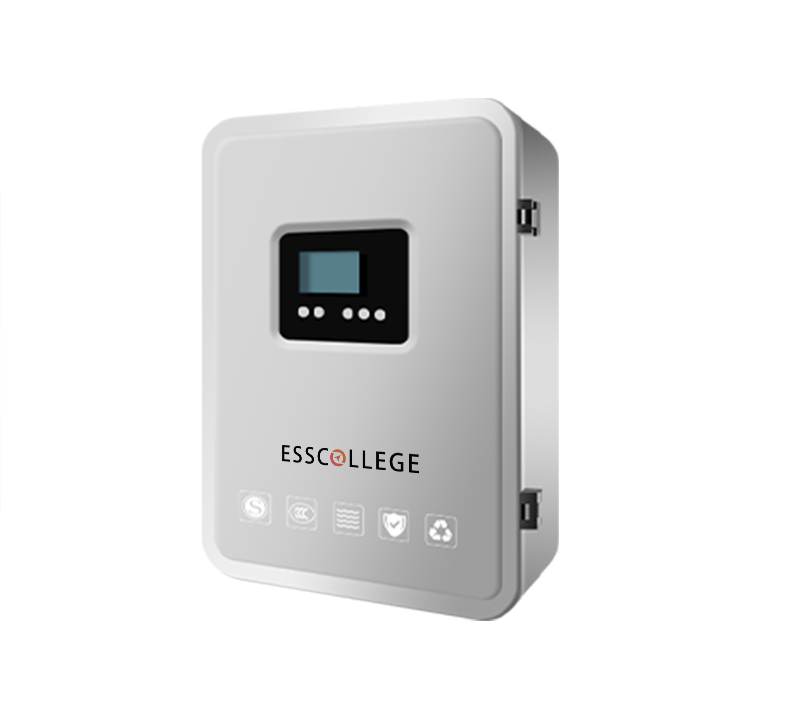
EPS BATTERY SERIES
The centralized power supply for fire emergency lighting is a kind of backup power supply equipment, which provides power guarantee for emergency lighting equipment to ensure that the on-site lighting equipment can operate normally in emergency situations such as fire. Provide a long-term backup power supply to meet the needs of the emergency lighting system.
Extended reading
Detailed explanation of EPS AC charging interface
Detailed explanation of EPS AC charging interface In the emergency...
This section describes the battery in the EPS battery unit
This section describes the battery in the EPS battery unit...
EPS shell material – flame retardant material
EPS shell material – flame retardant material EPS battery cell...
Safety valve and pressure relief device production material – aluminum alloy
Safety valve and pressure relief device production material – aluminum...
THE ESSC Brand promise
Global supply
Our products sell well all over the world, covering many countries and regions, through the global logistics network, to provide customers with convenient purchasing experience.
Rigorous quality
We adhere to the highest quality control standards to ensure every product meets industry regulations and customer expectations, earning trust through consistent excellence.
Excellent service
With a customer-centric approach, we provide prompt responses, professional support, and personalized services, aiming to deliver the best user experience and long-term value.
